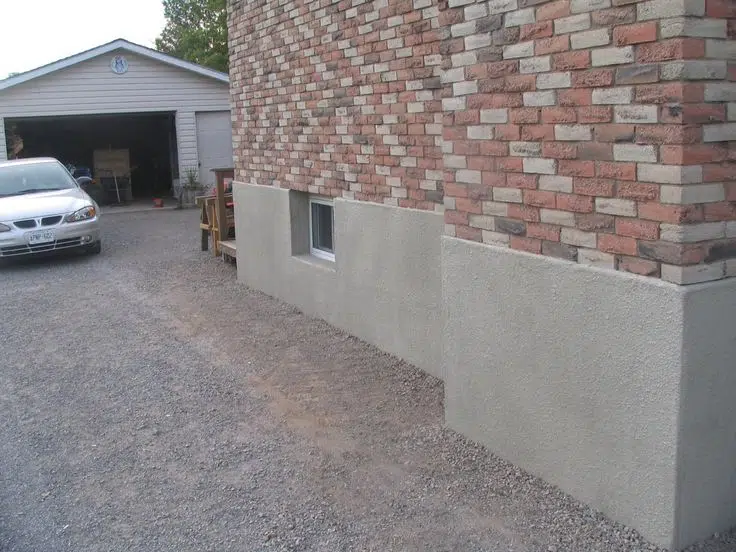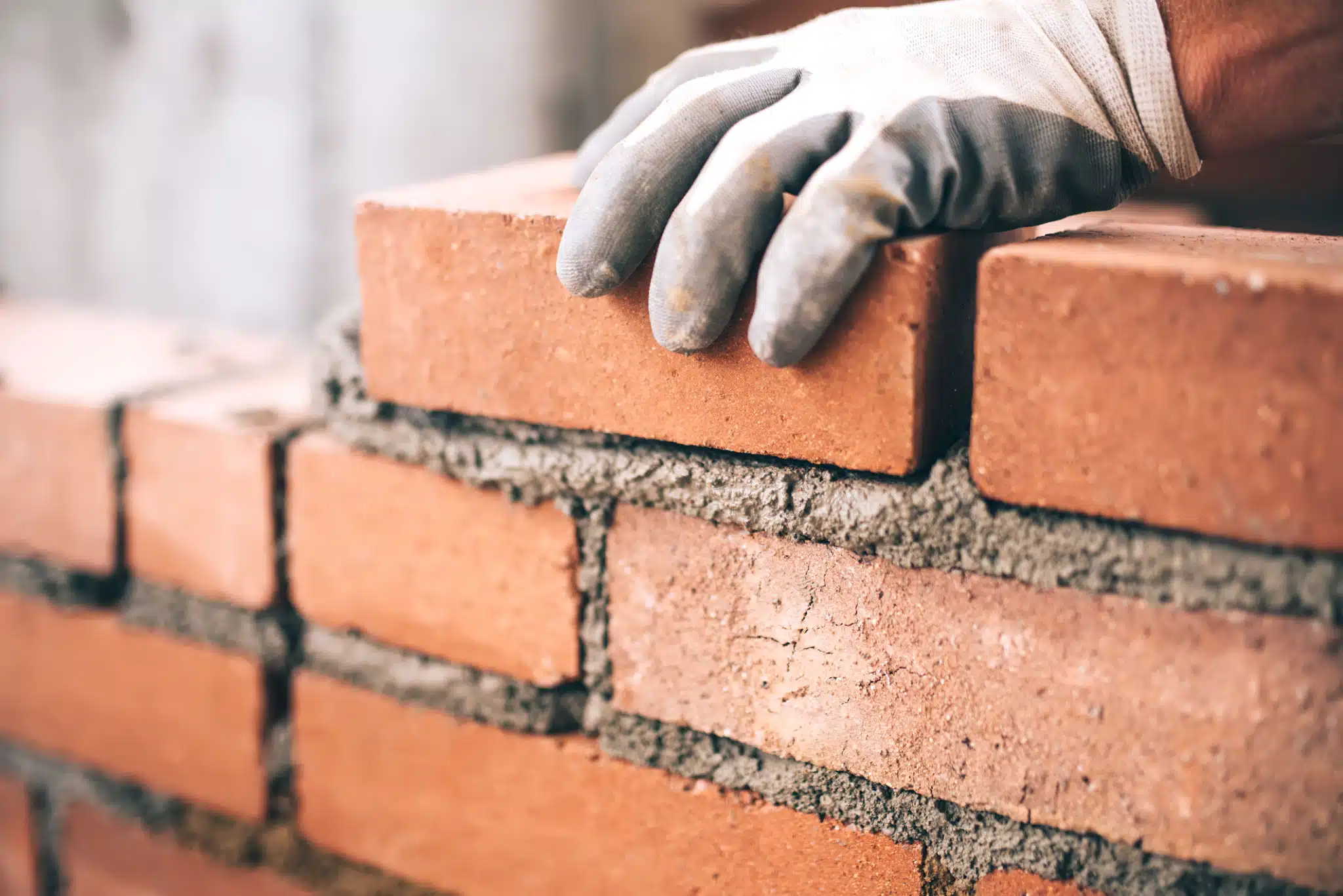Scarborough, a diverse and vibrant district of Toronto, boasts a rich history that’s beautifully preserved in its oldest neighborhoods. These historic areas not only tell the story of the community’s development but also showcase unique architectural features that have withstood the test of time. Join us on a fascinating journey through Scarborough’s heritage, from its early settlement to the modern preservation efforts that keep its history alive.
1. Introduction to Scarborough’s Historic Neighborhoods
1.1 Brief history of Scarborough’s settlement
Scarborough’s story begins in the late 18th century when European settlers first arrived in the area. Named after Scarborough, England, this region quickly grew from a collection of small villages to a thriving community. The oldest neighborhoods, each with its own unique character, played a crucial role in shaping Scarborough’s identity.
1.2 Importance of preserving architectural heritage
Preserving these historic neighborhoods is vital for maintaining Scarborough’s cultural identity and providing a tangible link to the past. The architectural heritage found in these areas offers invaluable insights into the community’s evolution, construction techniques, and societal values of bygone eras.
2. Highland Creek: Scarborough’s First Community
2.1 Establishment in 1802
Highland Creek, established in 1802, holds the distinction of being Scarborough’s first settled community. Named after the creek that runs through it, this area played a pivotal role in the region’s early development.
2.2 Notable historic buildings and structures
Some of the most significant historic structures in Highland Creek include:
- The Miller Lash House (1913): A beautiful example of Arts and Crafts architecture
- St. Joseph’s Roman Catholic Church (1854): One of the oldest churches in Scarborough
- The Old Stone Cottage (c. 1830s): A rare example of early stone construction in the area
2.3 Architectural styles and masonry techniques used
Highland Creek showcases a variety of architectural styles, including Georgian, Victorian, and Edwardian. Early masonry techniques employed local materials such as fieldstone and clay bricks, with skilled craftsmen using lime mortar to create durable structures that have stood for generations.
3. West Hill: A Picturesque Waterfront Community
3.1 Early development and growth
West Hill, situated along the shores of Lake Ontario, developed as a popular summer retreat in the late 19th century. Its proximity to the water and natural beauty attracted wealthy Toronto residents who built impressive summer homes in the area.
3.2 Significant landmarks and their architectural features
Notable landmarks in West Hill include:
- Guildwood Park: Home to various architectural fragments salvaged from demolished Toronto buildings
- The Guild Inn: A historic hotel showcasing a blend of architectural styles
- St. Margaret’s-in-the-Pines Anglican Church: A charming example of Gothic Revival architecture
3.3 Challenges in maintaining historic masonry in a lakeside environment
The lakeside location presents unique challenges for maintaining historic masonry. Increased moisture, freeze-thaw cycles, and salt exposure can accelerate deterioration. Homeowners and preservationists must be vigilant in addressing these issues to protect the integrity of West Hill’s historic structures.
4. Agincourt: From Rural Roots to Urban Center
4.1 Evolution from agricultural settlement to diverse neighborhood
Agincourt, originally an agricultural settlement, has transformed into a bustling urban center while retaining elements of its rural past. This neighborhood exemplifies Scarborough’s growth and diversification over the years.
4.2 Preservation of heritage buildings
Despite rapid development, Agincourt has managed to preserve several heritage buildings, including:
- The Agincourt Public School (1914): A beautiful example of Edwardian Classicism
- Knox United Church (1872): A historic church that has served the community for nearly 150 years
- The McKay House (c. 1850s): One of the oldest surviving farmhouses in Scarborough
4.3 Blending old and new architectural styles
Agincourt showcases a fascinating blend of old and new architectural styles. Modern developments coexist with heritage structures, creating a unique urban landscape that reflects the neighborhood’s evolution.
5. Birch Cliff: Cliffside Beauty and Historic Charm
5.1 Development along the Scarborough Bluffs
Birch Cliff, nestled along the picturesque Scarborough Bluffs, developed as a residential area in the early 20th century. Its stunning natural setting attracted residents seeking a peaceful retreat from city life.
5.2 Unique architectural features influenced by the landscape
The neighborhood’s architecture is characterized by:
- Cliff-top homes with panoramic lake views
- Arts and Crafts style bungalows
- Tudor Revival cottages
5.3 Masonry considerations for homes near the bluffs
Building and maintaining homes near the Scarborough Bluffs requires special considerations. Erosion control, foundation stability, and drainage are crucial factors that influence masonry work in this area. Homeowners must work with experienced masons who understand these unique challenges.
6. The Osterhout Log Cabin: Scarborough’s Oldest Building
6.1 History and significance
The Osterhout Log Cabin, built in the 1790s, stands as Scarborough’s oldest known structure. This humble dwelling provides a rare glimpse into the lives of the area’s earliest settlers and serves as a testament to their resourcefulness and craftsmanship.
6.2 Preservation efforts and restoration techniques
Preserving the Osterhout Log Cabin has involved:
- Careful documentation of original construction methods
- Use of period-appropriate materials in repairs
- Implementation of modern conservation techniques to protect against decay
6.3 Lessons learned for modern masonry practices
The preservation of the Osterhout Log Cabin offers valuable insights for modern masonry practices, including:
- The importance of using compatible materials in restoration work
- The value of traditional building techniques in creating durable structures
- The need for regular maintenance to prevent deterioration
7. Preserving Scarborough’s Architectural Heritage
7.1 Current conservation efforts and initiatives
Scarborough’s architectural heritage is being preserved through various initiatives, including:
- The Scarborough Community Preservation Panel
- Heritage property designations under the Ontario Heritage Act
- Community-led advocacy groups promoting awareness and preservation
7.2 Importance of skilled masonry in maintaining historic structures
Skilled masonry plays a crucial role in preserving Scarborough’s architectural heritage. Experienced masons with knowledge of traditional techniques and materials are essential for:
- Accurate restoration of historic brickwork and stonework
- Addressing unique challenges presented by older structures
- Ensuring that repairs are both structurally sound and aesthetically appropriate
7.3 How homeowners can contribute to preservation
Homeowners living in Scarborough’s historic neighborhoods can contribute to preservation efforts by:
- Researching the history of their property
- Maintaining original architectural features whenever possible
- Seeking advice from heritage professionals before undertaking major renovations
- Participating in local heritage organizations and events
8. Conclusion: The Future of Scarborough’s Historic Neighborhoods
8.1 Balancing growth with heritage preservation
As Scarborough continues to grow and evolve, striking a balance between development and heritage preservation will be crucial. By recognizing the value of its historic neighborhoods and implementing thoughtful conservation strategies, Scarborough can maintain its unique character while accommodating future growth.
8.2 The role of masonry in maintaining community character
Masonry will continue to play a vital role in preserving Scarborough’s architectural heritage. By supporting skilled masons and promoting the use of traditional techniques alongside modern conservation methods, the community can ensure that its historic buildings remain standing for generations to come.
Scarborough’s oldest neighborhoods offer a fascinating journey through time and architecture. From the humble log cabins of early settlers to the grand lakeside homes of West Hill, these areas tell the story of a community that has grown and changed while never forgetting its roots. By preserving these historic neighborhoods, we not only honor the past but also enrich the present and inspire the future of this diverse and vibrant community.
\n\n\nWhat is your return policy?
Our return policy allows you to return items within 30 days of receipt for a full refund, provided they are in their original condition.
Do you offer international shipping?
Yes, we offer international shipping to select countries. Please check our shipping policy for more details.
How can I track my order?
You can track your order using the tracking number provided in your order confirmation email. Simply enter it on our tracking page.
What payment methods do you accept?
We accept various payment methods, including credit cards, PayPal, and Apple Pay.
How do I contact customer support?
You can contact customer support via our contact form on the website or by calling our support hotline.



